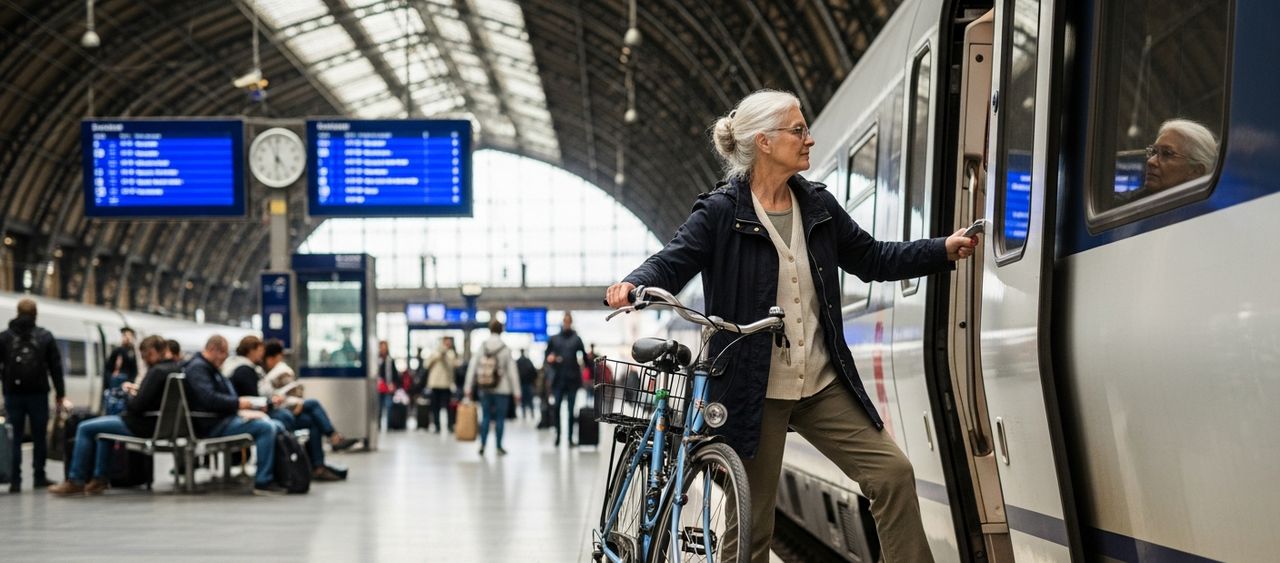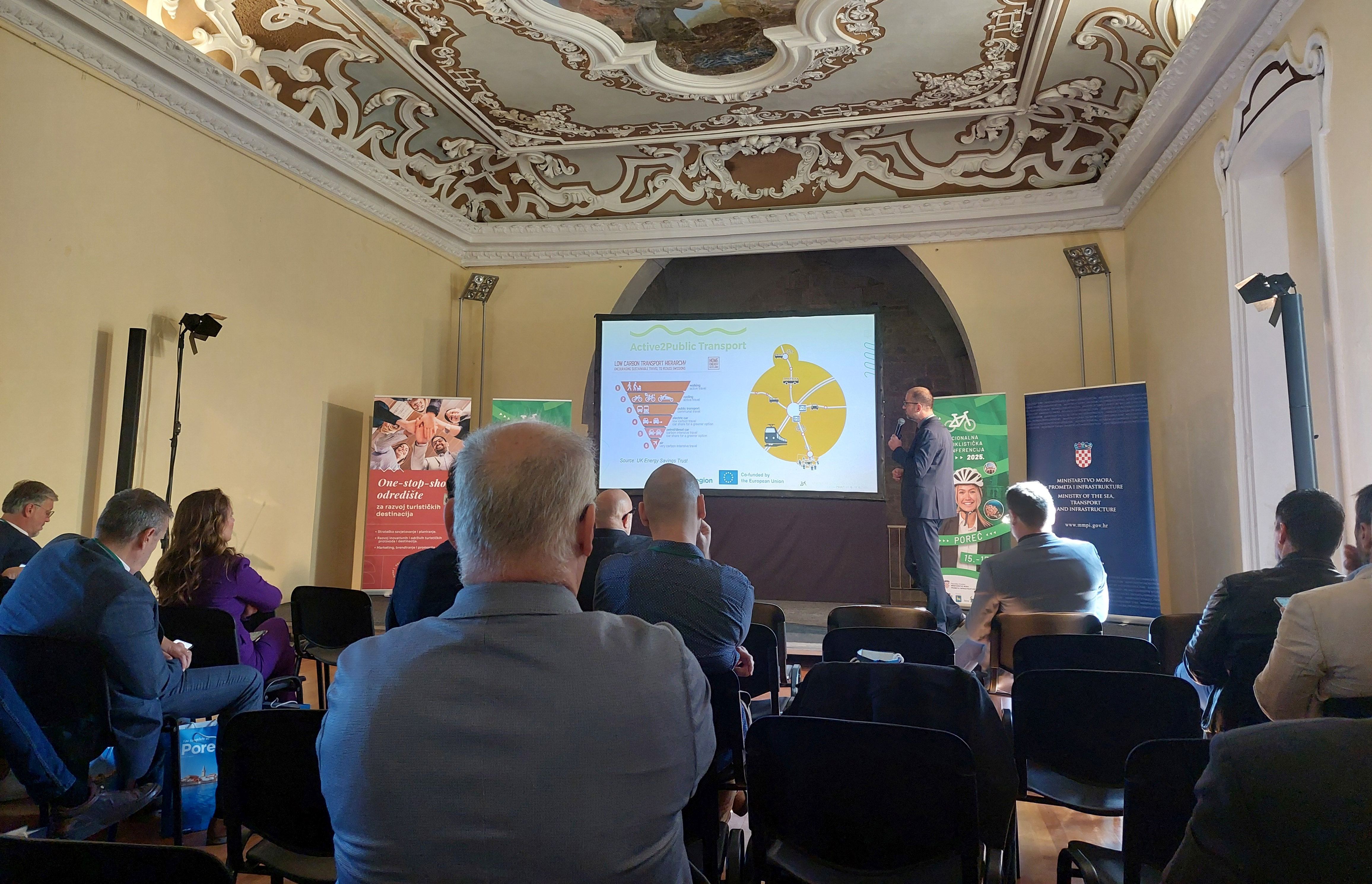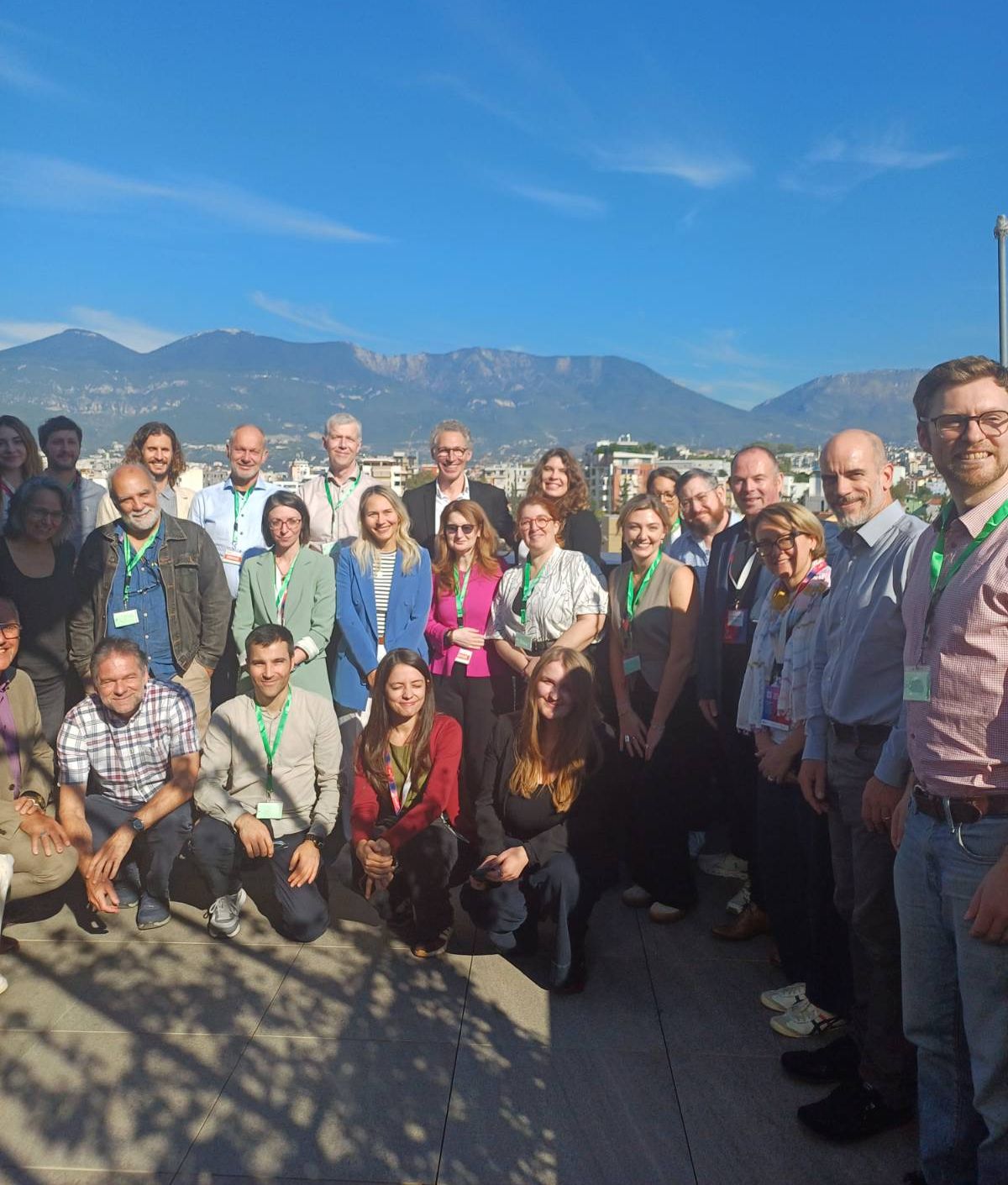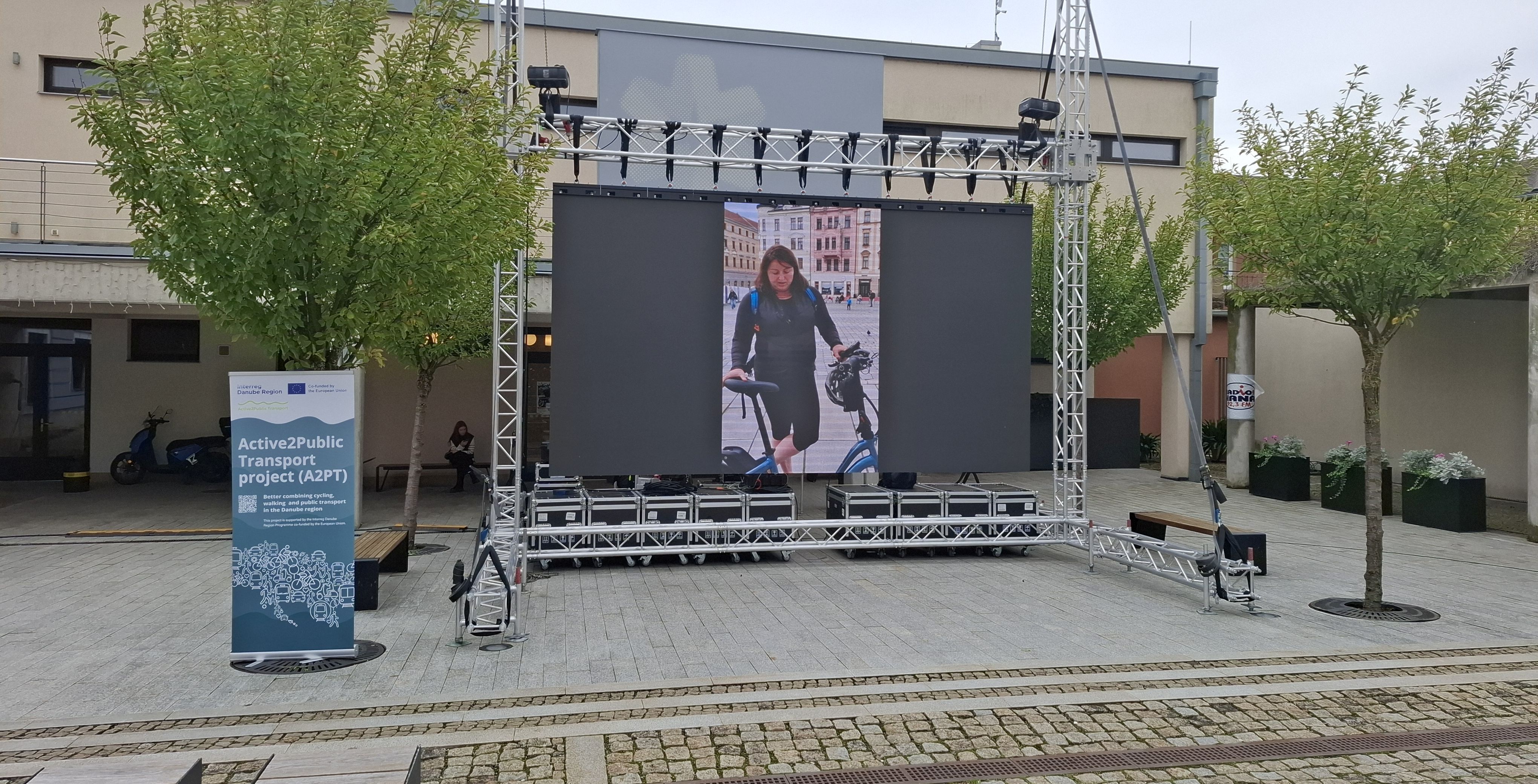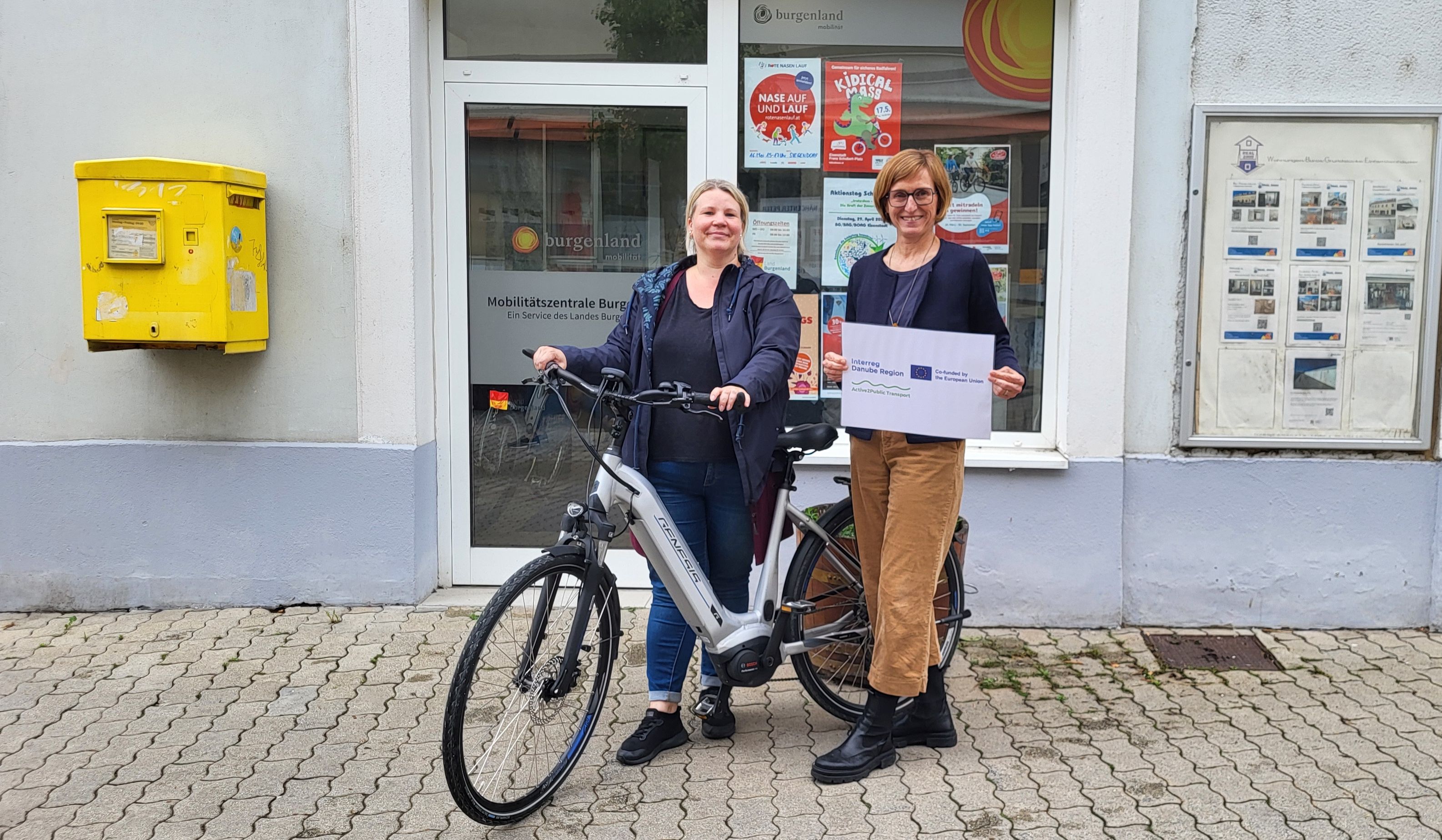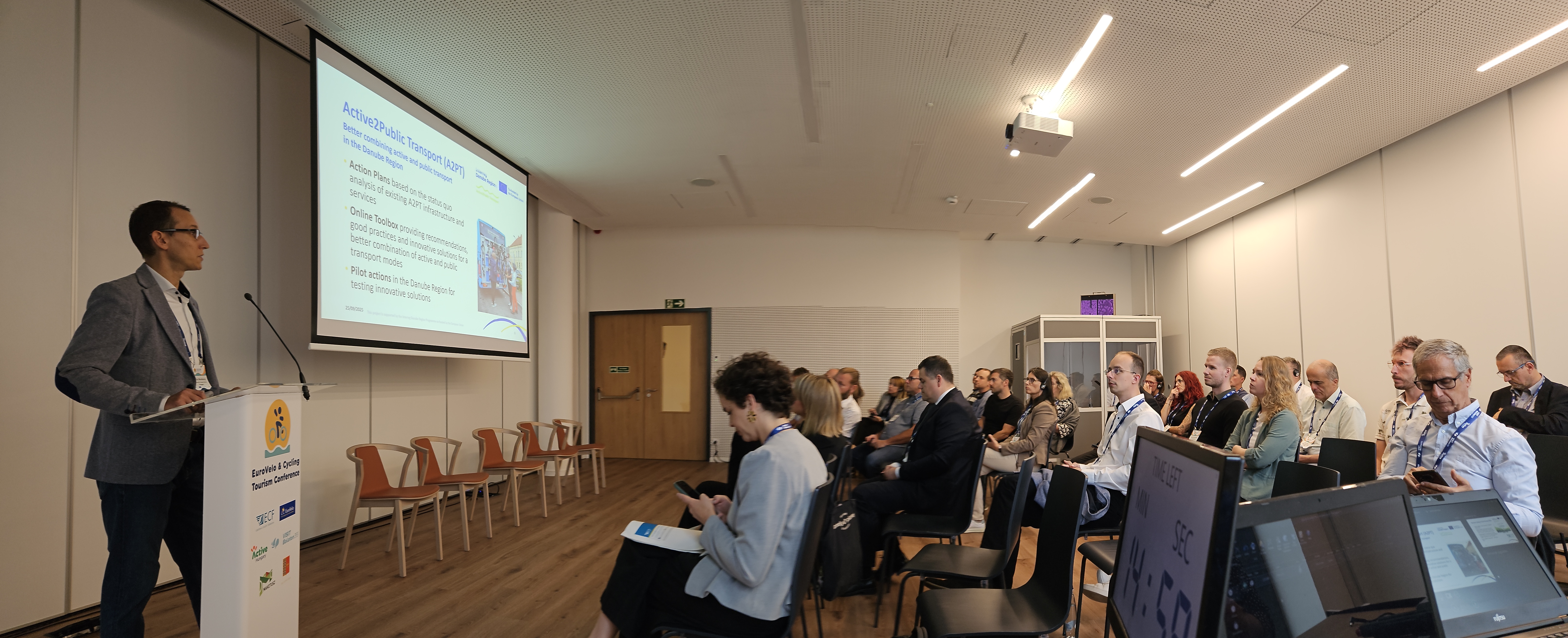
A2PT Partner Meeting Highlights the Power of Connecting Active and Public Transport
On April 8–9, 2025, the vibrant city of Belgrade hosted the 4th Partner Meeting of the A2PT (Active2Public Transport) project. Supported by the Interreg Danube Region Programme, the two-day event gathered mobility experts, urban planners, and public transport professionals to tackle one of Europe’s most pressing challenges: how to seamlessly connect active travel modes—walking and cycling—with public transportation to foster more sustainable mobility habits.
From Action Plans to Real Impact
The meeting opened with a dynamic discussion on the project’s progress and the development of Regional A2PT Action Plans. Partners presented their experiences and challenges from different regions, with a spotlight on innovative concepts such as design standards for public transport stations in Burgenland and interviews with hiking experts offering fresh perspectives on needs assessment.
The intensity of the conversation reflected a shared urgency: in 2022, cars consumed almost twice the energy per passenger-kilometer compared to buses in the nine partners‘ countries—and almost seven times more than rail. Shifting mobility behavior is no longer optional; it’s essential.

Table 1 – Energy consumption per passenger kilometre 2022.
Sources: Odyssee-Mure (2024) & Active2PublicTransport Partnership (2024)
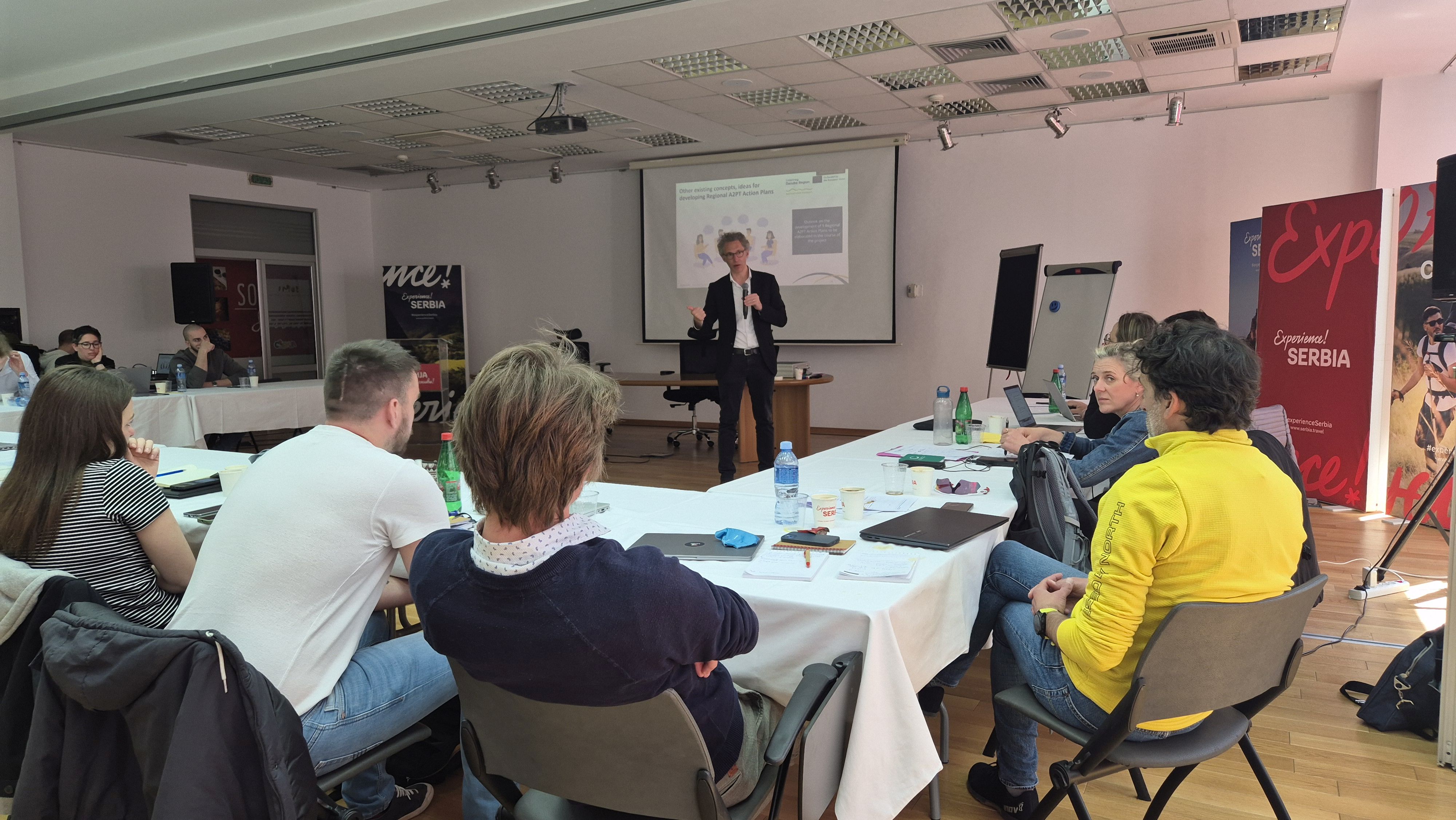
Photo: Christine Zopf-Renner
Bridging the Gap: Infrastructure, Services, and Incentives
A recurring theme throughout the meeting was how to make active mobility a natural extension of public transport. Partners explored ways to deliver on this vision through better infrastructure (safe and attractive bike parking, walkable access to stations), smart services, and incentives like integrated ticketing or mobility apps.
The innovative World Café workshop allowed participants to dive deep into pilot actions—from bike carriage on buses and temporary street designs to testing schemes, bike boxes, and integrated ticket systems. These interactive sessions sparked valuable exchanges and paved the way for refining pilot activities across partner regions.
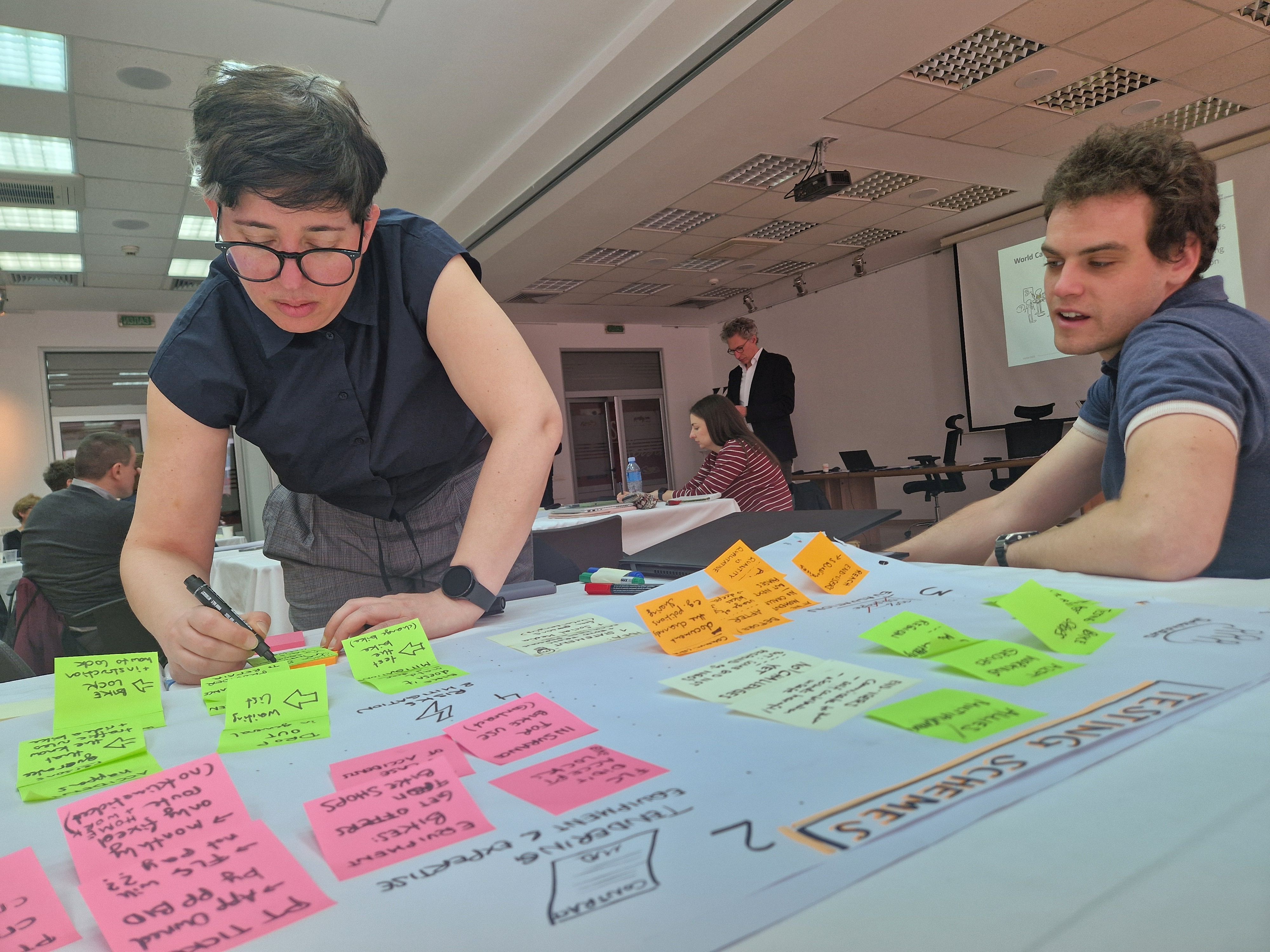
Photo: Jitka Vrtalova
Lessons from Belgrade: Free Public Transport and Public Space Renewal
Beyond strategic planning, the meeting also explored the real-world impact of bold urban policies. The group examined Belgrade’s experiment with free public transport and reviewed examples of street and public space renovation, highlighting how well-designed environments can encourage active travel and improve quality of life.
Two on-site visits provided practical inspiration: a tour of the modern transport hub in New Belgrade, introduced by representatives of BAS (Belgrade Bus Station), and a walk through the renewed Republic Square. Both showcased how cities can successfully reshape their infrastructure to foster more sustainable and inclusive urban mobility.
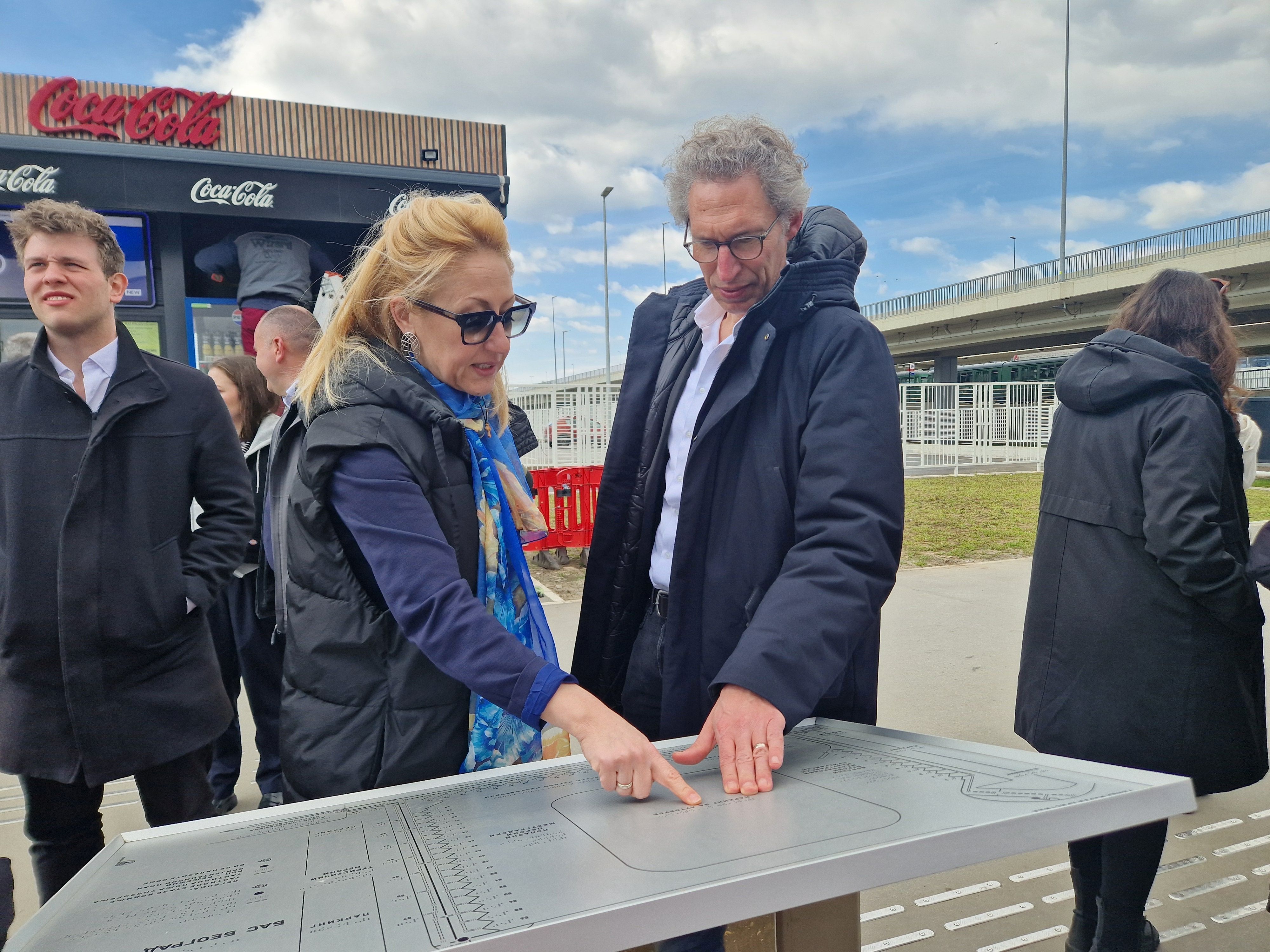
Photo: Jitka Vrtalova
Why This Matters
Mobility habits differ significantly across Danube Region. Countries like Austria, Hungary, and Czechia already log over 2,500 km of public transport use per year—far above the EU average of 1,900 km. However, the untapped potential lies in better combining active modes with public transport to fill the gaps, particularly in countries with lower usage rates.
The A2PT project is determined to unlock this potential—not by reinventing the wheel, but by connecting walking and cyling more effectively to the bus, train, or tram.

Photo: Jitka Vrtalova
News & Events
Read the most recent updates and explore the upcoming events.

